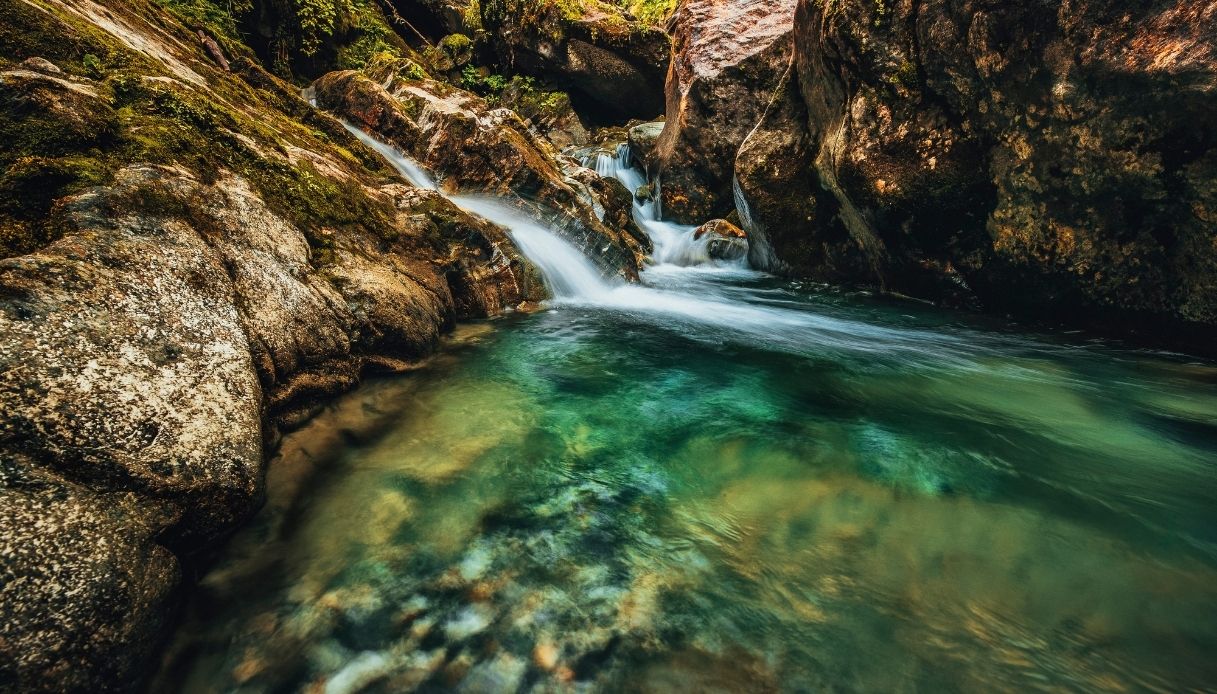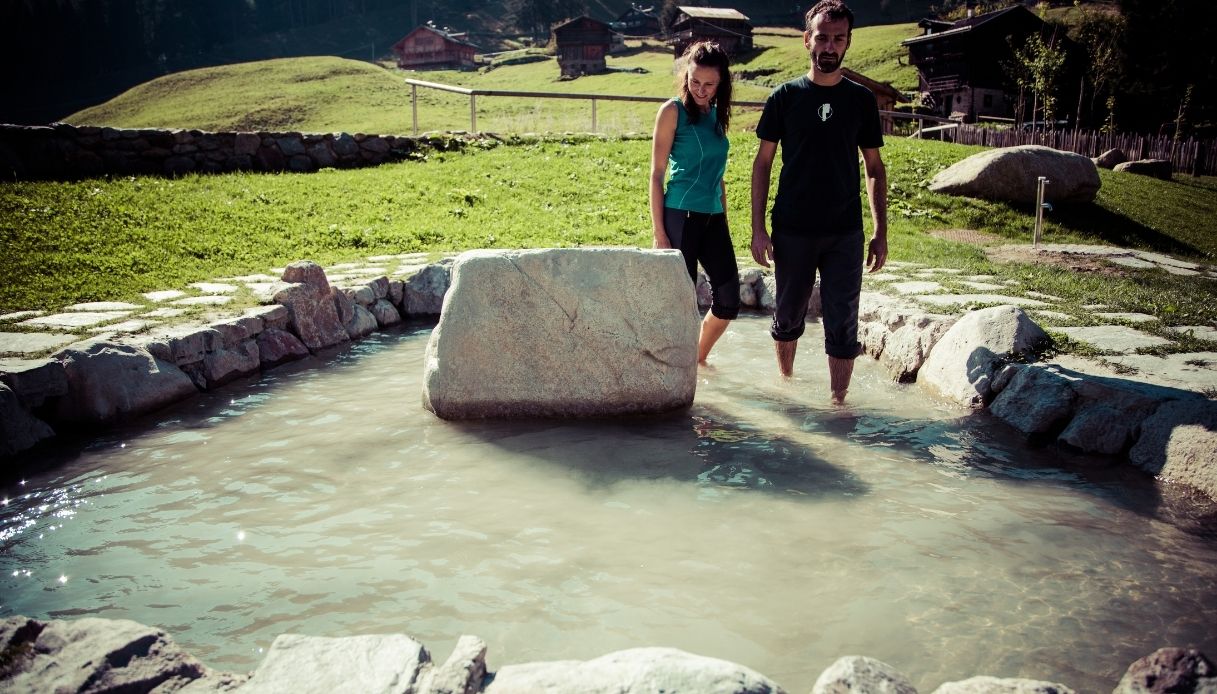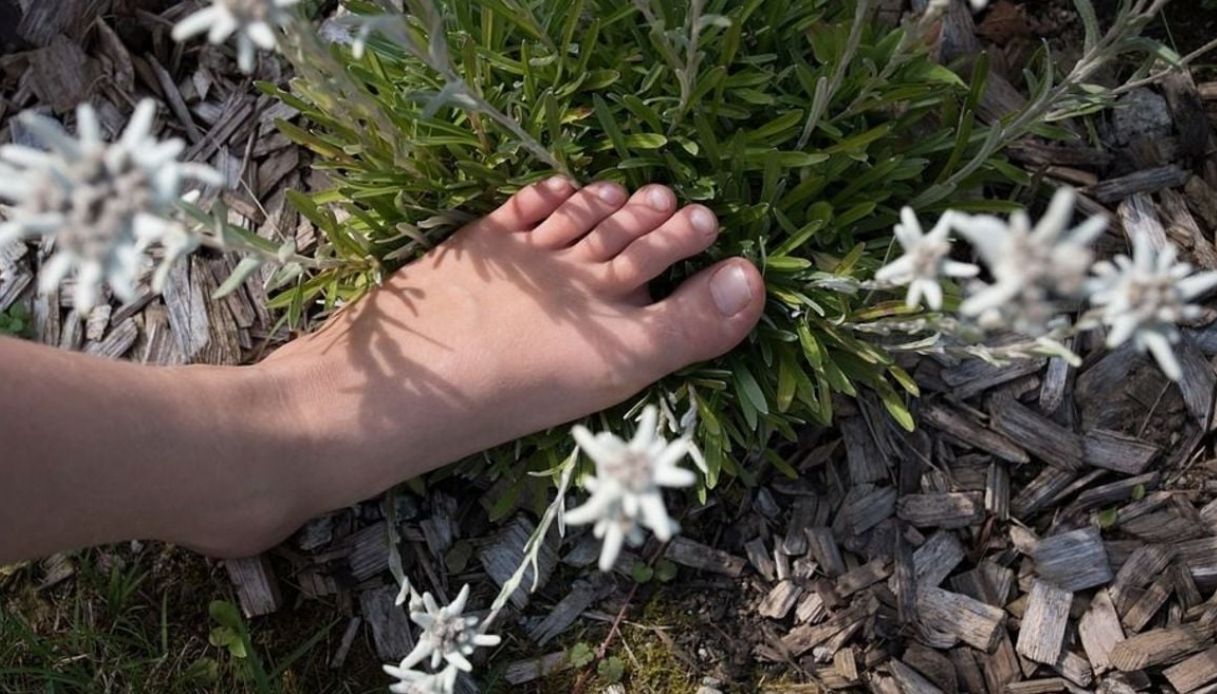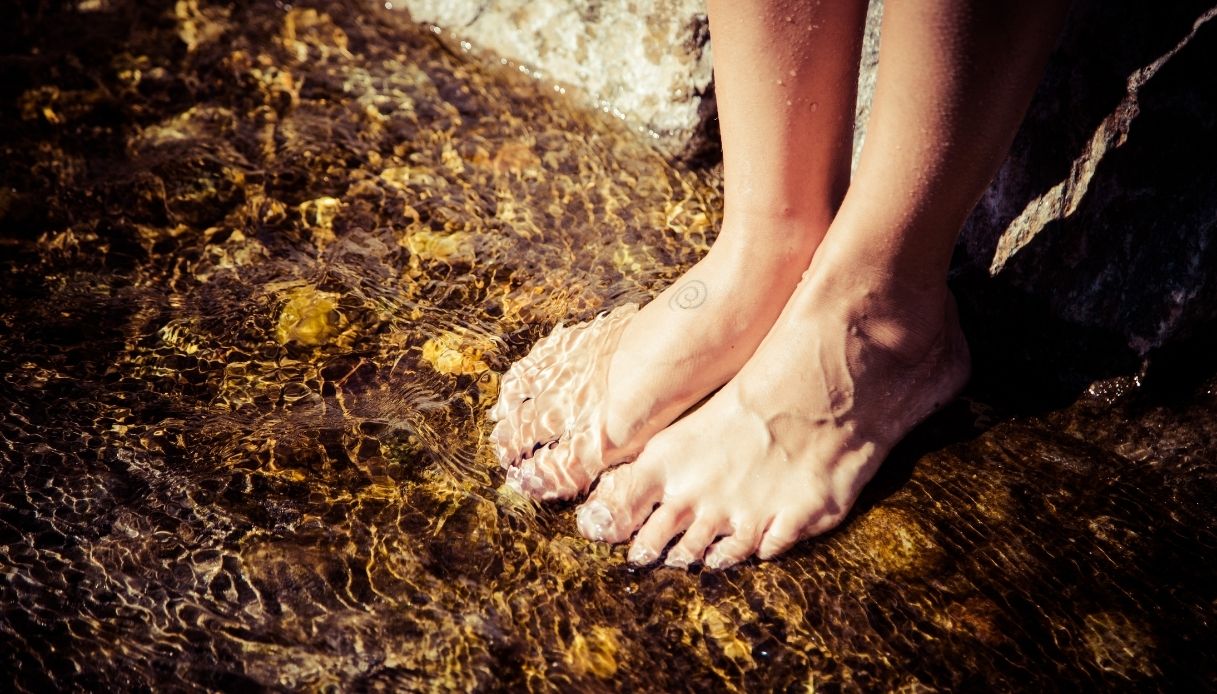Table of Contents
Is there an outdoor activity that can offer a rejuvenating experience? The answer is yes and it bears the name of barefooting, or “walking barefoot“. It consists of walking barefoot on suggestive paths that stimulate the senses, thus rediscovering contact with nature. In this way, it is possible to perceive those vibrations and nuances of the trodden ground, which it is not possible to feel while wearing shoes. The result? A feeling of well-being without equal.
The composition of the ground on which the feet rest depends a lot on the place and the path chosen. And in Italy there are several places where it is possible to do this. The Trentino, for example, thanks to the natural beauties, the breathtaking bark and the nature that is the host, hosts many ad hoc routes where you can practice barefooting.
In fact, the natural and well-signposted paths are flanked by those organized by specific structures: in both cases they are beaten paths, so there is no need to worry about obstacles or dangers that could interrupt the magic of the experience. On the other hand, the basic idea is of pay no attention to what you step onrather to feel one’s own breath and body.

Waterfall © Trentino Marketing – D. Molineris
There are those who have practiced barefooting for some time, those who have heard of it and would like to know more. With the support of Sara Zappini, director of the Terme di Rabbi, in Val di Sole, let’s discover the secrets and benefits of this simple, but suggestive activity in the heart of Trentino.
Why walk barefoot?
“It is true that we no longer walk barefoot, but returning to do so in a clean, protected and quality territory becomes a ‘experience out of the ordinary. Very simple for children, for an adult it can almost become a difficulty. Barefooting makes walking barefoot, you go to stimulate touch it’s at urge the foot, producing several benefits. Specifically, this activity:
- strengthens the immune system;
- reactivates the circulation;
- exercises the foot muscles;
- counteracts muscle pain after physical activity.
In addition, monoterpenes are breathed in, i.e. substances that lead to slower breathing, but with a wider breathing. This causes more oxygen and in general “good air” to enter (considering the area in which we are located), thus counteracting the production of substances caused by stress », explains the director.
«You start by taking off your shoes and hearing what the foot contact with the soil. The paths can have different backgrounds (one soft, one warm, one cold, one in the water, one on the rock), so the first time we recommend be loose and to also keep sticks in your hands if you are older in age. This is because you may feel a feeling of loss of balance, which should not happen because this creates stress on the spine. It is good then leave very relaxed, breathe, take very slow steps to match the breath.
The way the weight is placed on the foot has a lot to do with it. THE movements are two: or heel toe, or toe heel and you can do both. Specifically, the sole of the foot is made to make a complete movement, so as to also include that of the toes (it is one of those movements that we usually do not do while wearing shoes).
To bring many advantages is it thermal shock which can be achieved by first walking barefoot in a cold stream and then walking over sun-warmed stones. Thus begins to make one vascular gymnastics which naturally stimulates the circulation of blood and lymph, from bottom to top, counteracting any swelling. It is ideal to do this type of walk barefoot even for just 10 minutes, perhaps at the end of a nice walk in the mountains. This is because it gives immediate benefit to the legs, regenerating them », continues the director of the Terme di Rabbi.

Kneipp in Val di Rabbi © Trentino Marketing – PillowLab
Where to practice it
“There are several of these routes, for example in Trentino, and they are mostly free and free. They are those things that are found while walking, or as in the case of well organized facilities, you do a guided activity that is especially useful for the very first times. The alpine experience of returning to work on the senses while walking barefoot, can then also be reproduced in another place such as a city park ».
In the mountains
«There are routes organized in such a way as to alternate materials and temperatures and this means that in a distance of 500-700 meters, a variety of elements and terrains are concentrated. THE barefooting paths they are usually made flat, because in the approach phase, the movement of the foot must be safe. In the high mountains there are much less of them ».
THE mountains of Alpe Cimbra, for example, they give unique emotions to those who love the mountains and less traveled routes. Here, you can experience barefoot walking in all seasons of the year, dipping your feet in the cool streams and resting them on the grass in the warmer seasons. But also by trampling dry leaves on the ground in autumn and snow in winter.
“In the winter season, then, there could be some contraindications for cold and ice. Therefore, the barefooting routes will be much shorter and the cold will immediately alternate with heat », specifies the director of the Terme di Rabbi.

Alpe Cimbra © Apt Alpe Cimbra
In the woods
Among the sensory paths to try without shoes, there is the one in Val di Flemme. In the Bellamonte wood, among roe deer, woodpeckers and squirrels, you can immerse yourself in the sounds and scents of the trees, walking on grass, stones and bark. It is a well-signposted promenade of 2.9 kilometers and with an elevation gain of 225 meters.
In Val Nambrone instead, and a short distance from Madonna di Campiglio, there is the route n.5 del Dolomiti Natural Wellness. Here, there is a dedicated area where you can practice barefooting and Natural Kneipp among other things.
Kneipp path
Instead, it is located in the mountains of the Val di Rabbi, in the Stelvio National Park the first Kneipp center outdoors in Trentino.
“A few years ago, in collaboration with the Stelvio National Park, we began to think about the idea of making spa wellness a natural well-being, so perfectly linked to the territory. The park thus launched itself in the area of health, the spas in that of nature, thus discovering the benefits that activities in the woods can bring to people as a complement to thermal activity.
Hence the idea of accompanying the thermal bath with the one in the forest, all in a territory that from the point of view of biodiversity, the quality of the area, water and silences – which are the three elements that come into play in activity – it is remarkable. It is therefore an all-round experience that includes that in nature and in spas and where barefooting is the main activity.

Kneipp Rabbi © Trentino Marketing – PillowLab
The principle behind the Kneipp path is that of hot-cold thermal shock using water. Placed within a path, it is a long snake that is done barefoot and where the thermal shock is created by alternating cold water with hot water that also reaches mid-thigh. In addition, the presence of pebbly surfaces helps to stimulate the sole of the foot. By doing these dives and alternating hot and cold water for about 30 minutes, you have one reactivation of circulation of the lower limbs »explains the director of the Terme di Rabbi.
Click here to discover the suggestive places in Trentino where you can practice barefooting
Contraindications
«Barefooting has no particular contraindications. However, since activities are carried out on a terrain that is not entirely homogeneous, there may be contraindications for those who have walking problems, both for previous trauma and for seniority. However, there is no running, there are no jumps to obstacles, so you can practice in serenity. In organized structures, operators are able to assess the situation and perhaps recommend the use of sticks. Or, if you feel tingling, you can stop halfway to do a self-massage to warm up and reactivate the circulation », concludes the director of the Terme di Rabbi.
In general, therefore, it is possible to practice barefooting along natural and well-marked paths present for example in Trentino, or, especially if you have not yet had the opportunity to try this regenerating experience and in contact with nature, you can choose to practice it by relying on a structure organized.











